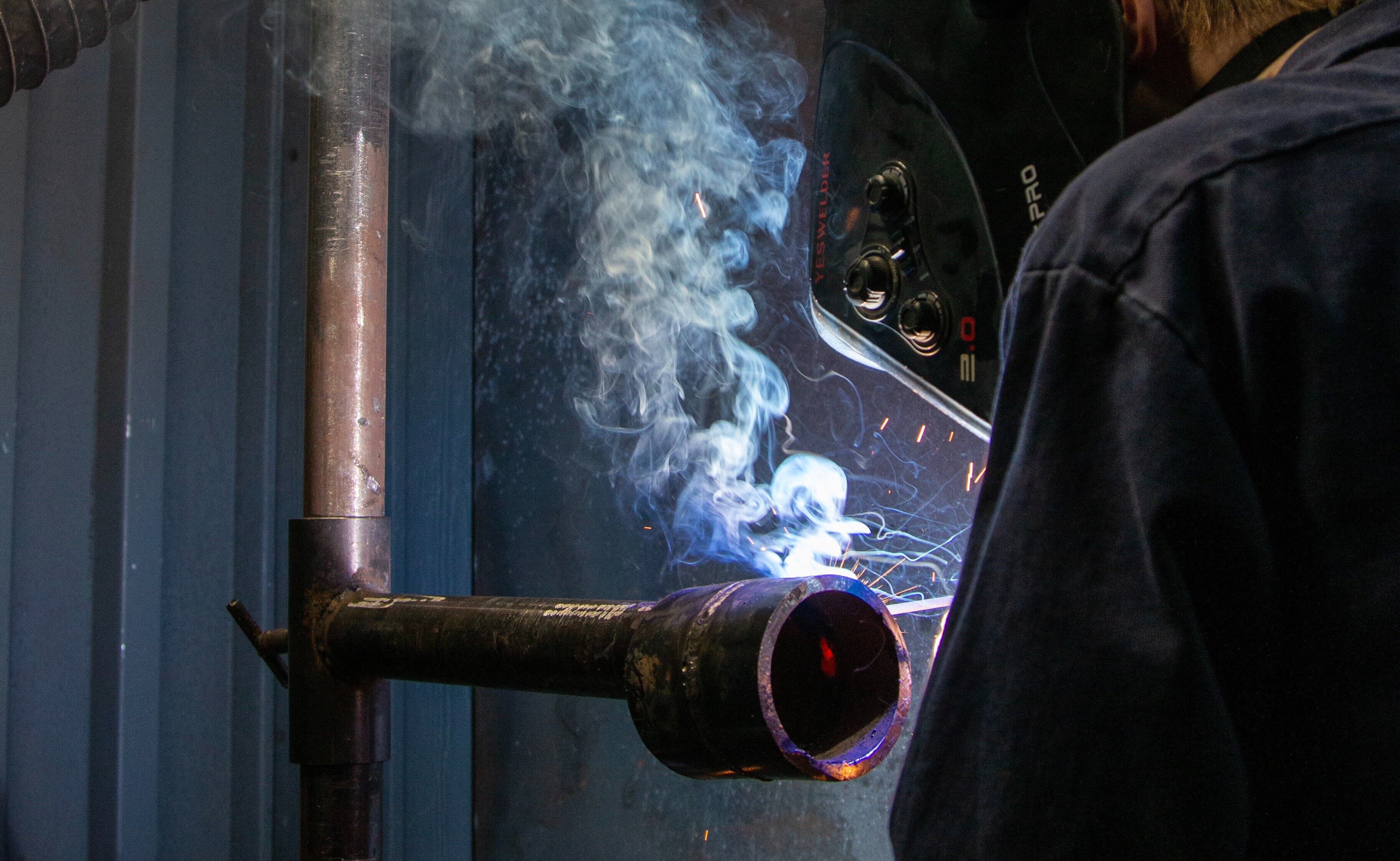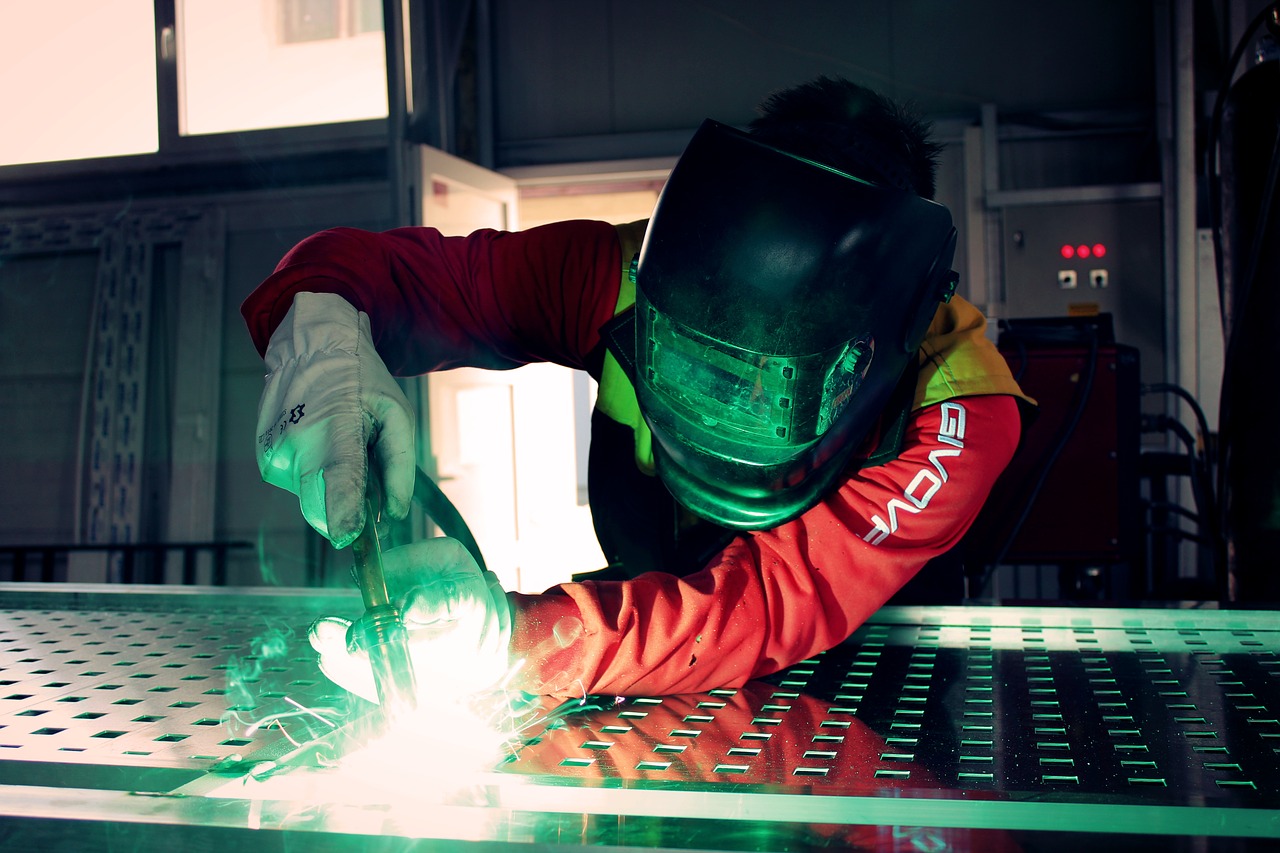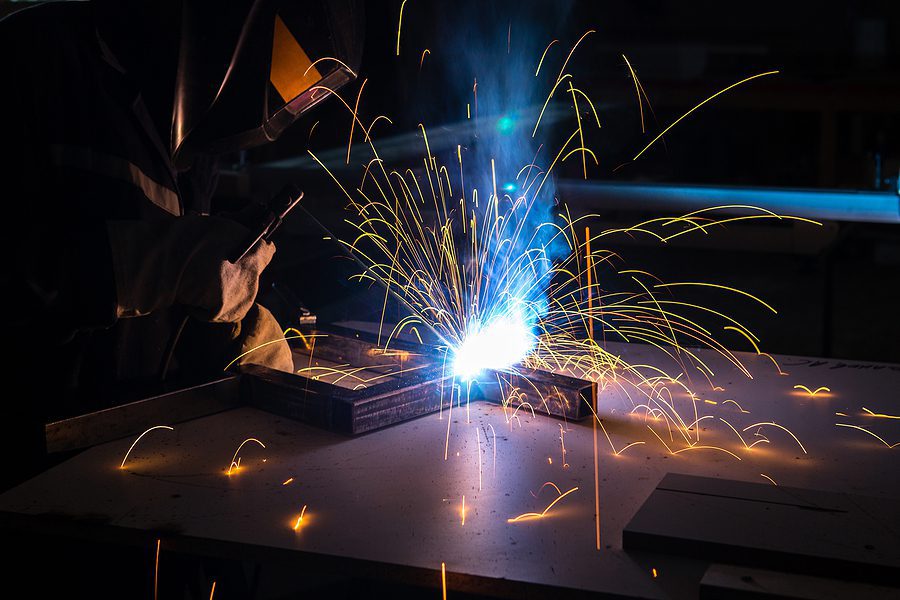Quick solutions to weld misalignment in Montana Mobile Welding and Repair Fabrication
Common Welding Repair Issues and Just How to Address Them Effectively
Welding repair services frequently run into an array of issues that can threaten the honesty of the last item. Typical troubles consist of poor penetration, porosity, and misalignment, to name a few. Each flaw offers distinct challenges that call for specific approaches for resolution. Comprehending these problems is necessary for welders intending to improve their end results and skills. This discussion will check out these usual welding fixing issues and effective methods to resolve them.
Inadequate Penetration
Poor infiltration occurs when the weld steel falls short to completely fuse with the base material, causing weak joints and prospective structural failings. This issue usually stems from insufficient warm input, inaccurate electrode angle, or inappropriate welding rate. Welders may run into insufficient penetration due to a miscalculation of the required criteria for a details material density or type. Furthermore, contamination on the base material's surface area can hinder efficient bonding, worsening the problem. To address inadequate penetration, welders should ensure proper setups on their equipment and maintain a tidy job surface. Routine inspection of welds is advised to determine any kind of shortages early, permitting timely corrections and the prevention of endangered structural honesty in welded assemblies.
Porosity
Porosity is an usual defect in bonded joints that shows up as small gas bubbles caught within the weld metal. This flaw can compromise the honesty of the weld, bring about decreased stamina and potential failure under anxiety. Belgrade. Porosity generally develops from contamination, dampness, or incorrect welding methods, which enable gases to get away into the molten weld swimming pool. To address porosity, welders ought to assure appropriate surface preparation, maintain a clean workplace, and utilize suitable welding parameters. Furthermore, selecting the best filler product and securing gas can reduce gas entrapment. Regular examination and testing of welds can assist determine porosity early, ensuring timely rehabilitative activities are taken, therefore maintaining the top quality and integrity of the welded framework
Misalignment
Imbalance in welding can emerge from different variables, consisting of improper setup and thermal growth. Comprehending the origin is essential for reliable resolution. Numerous adjustment strategies are offered to realign elements and ensure architectural stability.
Sources of Imbalance
Welding imbalance often stems from a variety of underlying issues that can compromise structural honesty. One main reason is inappropriate fit-up of parts prior to welding, which can cause gaps and irregular surfaces. Variations in thermal development during the welding procedure can additionally cause distortion, particularly if the products being joined have different coefficients of development. Additionally, poor fixturing and securing might fall short to hold parts safely in position, leading to movement throughout welding. Inadequately kept devices, including welding machines and tools, might present variances in the weld bead, additional contributing to misalignment. Operator error, stemming from not enough training or experience, can additionally play a considerable function in developing misaligned welds.

Improvement Strategies Readily Available
Dealing with misalignment efficiently requires a mix of rehabilitative techniques tailored to the specific issues available. One common approach is the use of jigs or fixtures to hold parts in the appropriate placement during welding, making sure constant alignment. Additionally, preheating the products can help in reducing distortion and improve fit-up. For significant misalignment, mechanical realignment strategies, such as utilizing hydraulic jacks or clamps, can be employed to remedy the setting before welding. Post-weld warmth treatment may also be necessary to ease anxieties brought on by misalignment. Lastly, careful inspection and modification throughout the setup stage can protect against misalignment problems from ending up being substantial issues, advertising a smoother welding procedure and enhancing total structural honesty.
Distortion
Distortion is a common challenge in welding that can arise from various variables, including unequal cooling and heating. Understanding the root causes of distortion is essential for applying efficient avoidance techniques. Resolving this issue not only improves structural honesty however additionally improves the general top quality of the weld.
Reasons for Distortion
When based on the intense warmth of welding, materials typically go through adjustments that can cause distortion. This phenomenon primarily develops from thermal expansion and contraction during the welding process. As the weld area warms up, the material broadens; upon air conditioning, it contracts, which can produce internal stresses. Furthermore, uneven heating throughout a workpiece can intensify these stresses, leading to bending or flexing. The kind of product additionally plays a considerable function; steels with differing thermal conductivity and coefficients of development may react differently, resulting in unpredictable distortions. In addition, inadequate joint design and inadequate fixturing can add to imbalance during welding, raising the likelihood of distortion. Understanding these reasons is vital for effective welding repair and prevention methods.
Prevention Techniques
Efficient prevention methods for distortion during welding concentrate on controlling warm input and ensuring proper joint style. Keeping a constant warmth input assists to reduce thermal growth and contraction, which can bring about distortion. Using techniques such as pre-heating the workpiece can likewise reduce the temperature level slope, promoting consistent heating. Additionally, choosing ideal joint styles, such as T-joints or lap joints, can boost stability and lower stress concentrations. Executing correct fixturing to protect the workpieces in place even more help in preserving positioning during the welding process. Lastly, staggered welding sequences can disperse warm much more uniformly, protecting against local distortion. By using these techniques, welders can substantially reduce the likelihood of distortion and improve the general high quality of their welds.
Breaking
Splitting is a typical problem experienced in welding fixings, usually resulting from various variables such as incorrect cooling prices, product selection, or inadequate joint prep work. The incident of fractures can significantly endanger the honesty of the weld, bring about prospective failures during procedure. To address this problem, welders must first examine the source, making certain that materials work and properly selected for the specific application. In addition, regulating the cooling rate throughout the welding procedure is crucial; rapid cooling can cause stress and anxiety and cause breaking. Appropriate joint design and prep work additionally add to decreasing the threat. Implementing these methods can improve weld top quality and toughness, ultimately minimizing the chance of cracking in ended up weldments.

Incomplete Fusion
A considerable concern in welding repairs is incomplete blend, which occurs when the weld metal does not effectively bond with the base material or previous weld passes - Welding. This issue can bring about weak points in the joint, possibly endangering the stability of the welded structure. Elements adding to insufficient fusion include inadequate warmth input, improper welding technique, and contamination of the surface areas being signed up with. To resolve this issue efficiently, welders ought to guarantee appropriate pre-weld cleaning and surface area preparation, in addition to adjust their welding parameters to achieve sufficient penetration and blend. Normal inspection during the welding procedure can also aid recognize incomplete blend early, permitting prompt rehabilitative measures to boost the general high quality of the weld
Overheating
While welding fixings can improve architectural stability, overheating provides a considerable challenge that can cause product destruction. Extreme heat during welding can change the mechanical residential properties of steels, resulting in lowered toughness, raised brittleness, and bending. This sensation is particularly vital in high-stress applications where architectural reliability is vital. Determining overheating can involve visual inspections for staining or distortion, as well as keeping track of temperature during the welding procedure. To alleviate the risks linked with overheating, welders ought to utilize proper methods, such as managing warm input, readjusting travel rate, and utilizing appropriate filler materials. In addition, applying pre- and post-weld warmth therapies can help recover material homes and improve the total quality of the fixing, ensuring long-lasting performance and safety.
Frequently Asked Concerns
What Are the Usual Signs of a Welding Issue?

Just How Can I Test My Welds for High quality?
To evaluate welds for high quality, one can utilize visual evaluations, ultrasonic screening, and radiographic approaches. Each method guarantees architectural integrity, determines issues, and verifies adherence to defined criteria, inevitably boosting the dependability of the welded joints.
What Safety Precautions Should I Take While Welding?
When welding, one need to focus on security by putting on ideal personal protective devices, making certain proper air flow, protecting combustible materials away, keeping a tidy work space, and being mindful of surroundings to avoid injuries and accidents.
Can I Repair a Weld Without Redesigning the Entire Joint?
Fixing a weld without renovating the entire joint is possible, depending upon the damages (Montana Mobile Welding and Repair Welding). Methods such as grinding, adding filler material, or using a welding process can efficiently resolve particular imperfections while maintaining the bordering framework
What Equipment Are Essential for Reliable Welding Fixes?
Necessary devices for efficient welding fixings include a welding machine, cord brush, grinder, safety equipment, clamps, and filler products. Each device plays an essential function in ensuring high quality and safety during the repair service procedure. Porosity generally arises from contamination, wetness, or improper welding techniques, which permit gases to leave right into the liquified weld swimming pool. Inadequately kept tools, consisting of welding devices and devices, might introduce incongruities in the weld grain, more adding to imbalance. When subjected to the extreme warm of welding, materials commonly undergo changes that can lead to distortion. Cracking is a typical issue experienced welding wire in welding repairs, often resulting from different factors such as incorrect air conditioning rates, product selection, or inadequate joint preparation. A significant concern in welding repair services is incomplete combination, which takes place when the weld steel does not sufficiently bond with the base product or previous weld passes.